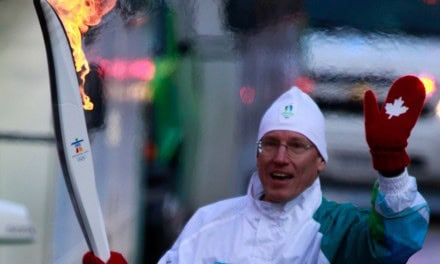Background. A physical activity transition to declining activity levels, even among children, now poses a serious public health concern because of its contribution to a rising prevalence of noncommunicable diseases. Childhood physical activity levels are associated with parental perceptions of the neighborhood; however, these relationships have not been explored in sub-Saharan Africa (SSA). The objective was to investigate relationships between parental perceptions of the neighborhood and physical activity indicators among Kenyan children. Methods. Data were collected from children 9 to 11 years old in Nairobi as part of the International Study of Childhood Obesity, Lifestyle andEnvironment. Child physical activity was assessed by accelerometry, and information on obtaining sufficient physical activity, active transport, andparental perceptions of the neighborhood collected using questionnaires. Results. Of 563 participating children, 45.7%, 12.6%, and 11.4% used active school transportation, met physical activity guidelines, and were sufficiently active, respectively. Parental perception of positive neighborhood social cohesion, positive environs and connectivity, and negative child safety concerns, were associated with child physical activity outcomes. Conclusions. Aspects of parental perceptions of the neighborhood were associated with child physical activity outcomes and should be further explored to appropriately inform policy and practice in curbing declining physical activity levels among children in SSA.





